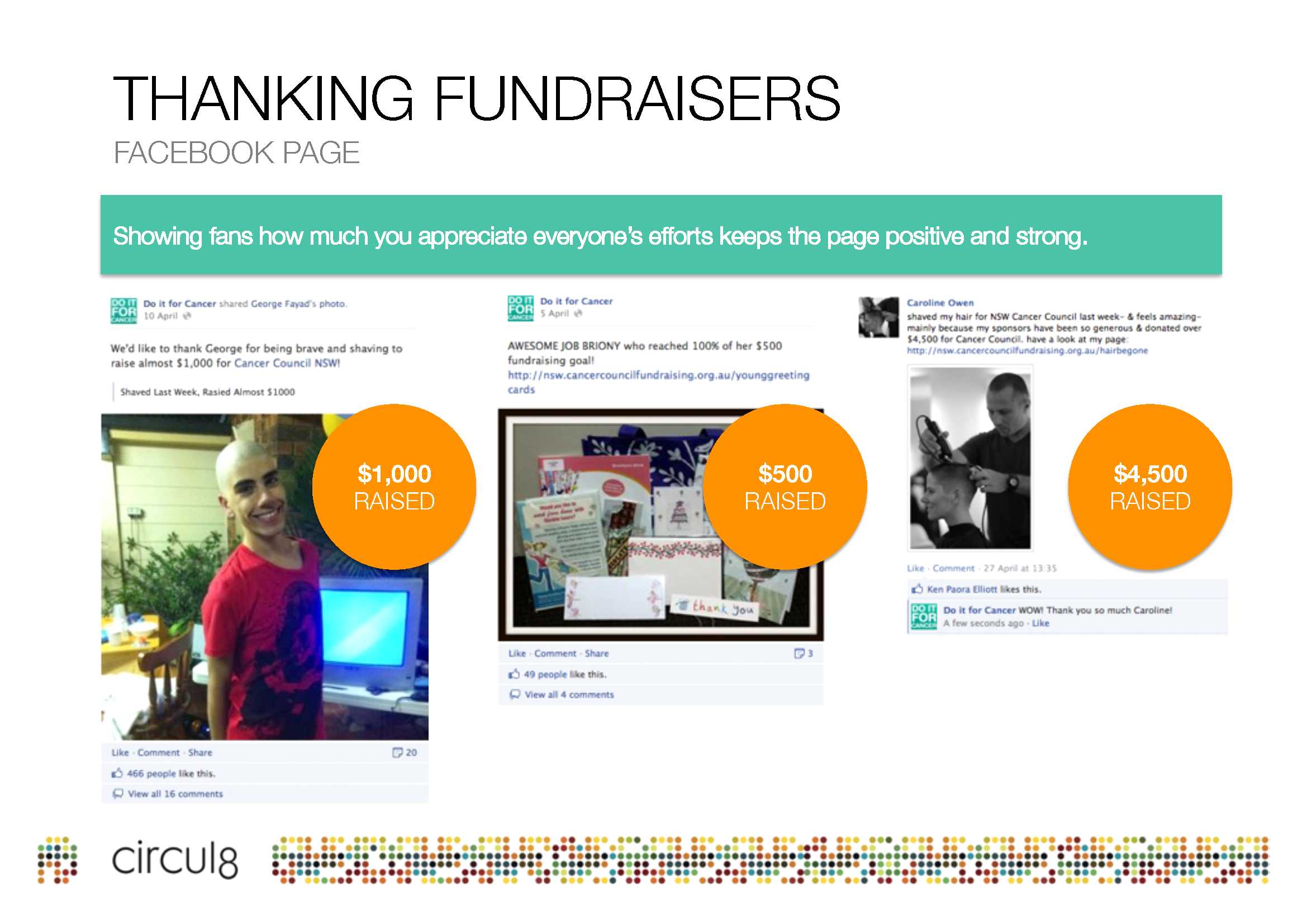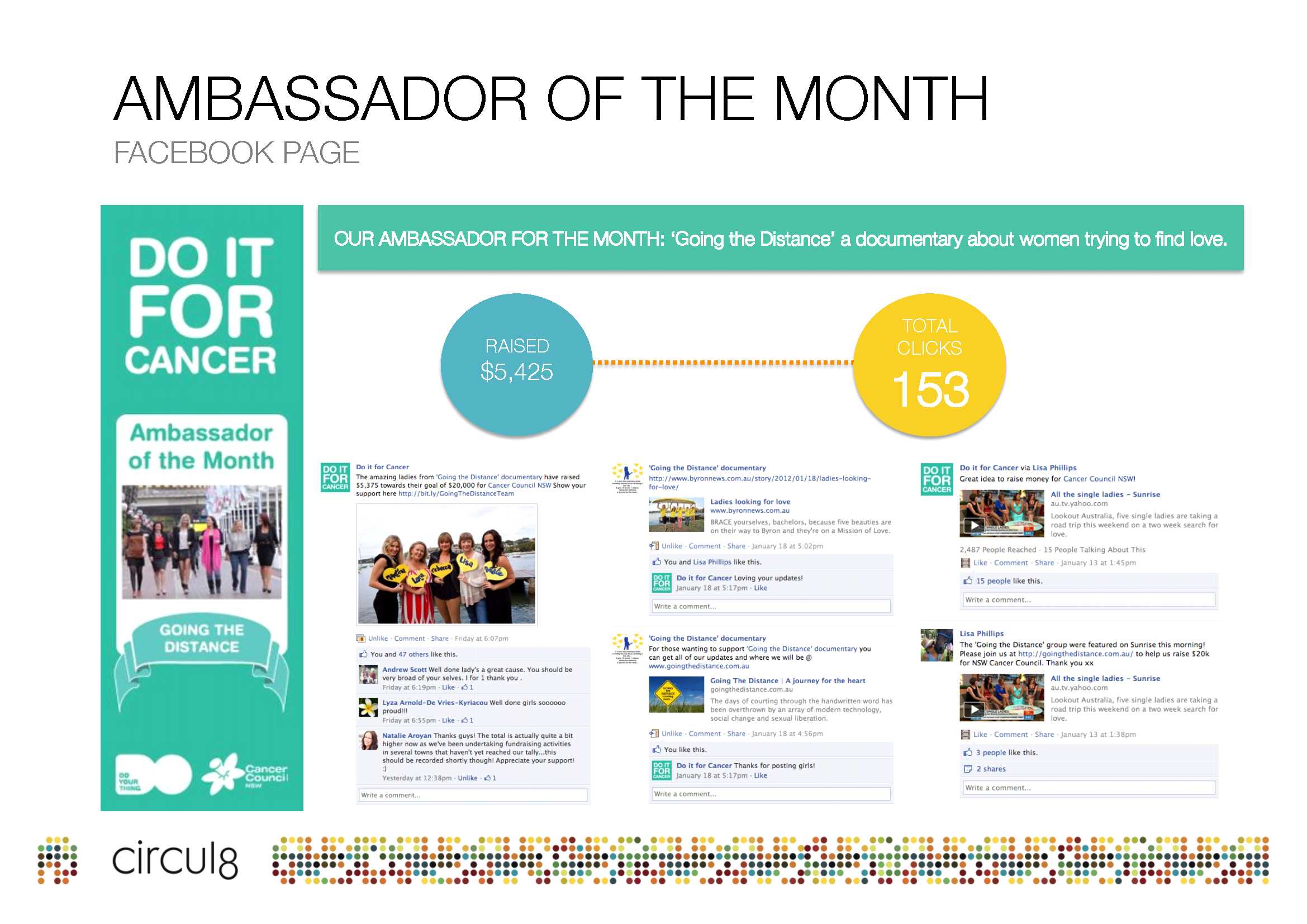Don’t ignore the ‘thinkers’ and talkers’ – they will encourage more ‘doers’ in your community fundraising tribe, says Julie Roberts
Often as fundraisers we can focus too much just on the ‘doers’ – the actual participants in our community fundraising and events programmes. We can often overlook the social media observers (‘thinkers’) and advocates (‘talkers’) if they themselves don’t give or fundraise. In doing so, however, we are denying ourselves a real opportunity to expand our community fundraising.
Community fundraising is generally seen as a reactive form of fundraising: passionate supporters approaching an organisation and telling them that they want to raise money to help the cause, but in their way and when they want to.
It is always fantastic to have the support of these ‘doers’, but how do you find more of these like-minded, passionate people who love fundraising in their own way? This is a key question I get asked by charities over and over.
Building a tribe
Well the answer is to build a ‘tribe’; a community of people in which there is a sense of collective purpose and belonging. But how? Well in this day in age the perfect platform is of course social media – no geographical barriers, no time barriers and interaction as and when supporters want it.
But you need more than a platform. You need a strong content strategy to engage your potential supporters.
First let’s think about what you know about these passionate supporters. Start by asking, what’s their key connection? It all starts with your cause. They have come to you because they believe in your mission, your purpose, what you are hoping to achieve as an organisation.
Second, in what way do they want to support your cause? What are the attitudes and beliefs that motivate these individuals to act on behalf of and in support of your charity? Many want to fundraise in an active way, so they feel like they are helping the individual/family that is being immediately affected.
In my experience, the best content engages supporters by highlighting how others are helping your cause to achieve the outcome of your organisation in the same, active form of fundraising. For example:

Now you need to reach out and find your tribe. You should start by focusing on your warmest supporters, then add additional marketing (links to your social pages, Facebook adverts etc). You’ll soon start to see your tribe grow through their connections.
When I worked at Cancer Council NSW we ran a campaign called Do It For Cancer. The following results are for the first EDM we sent to our warm past community fundraisers to grow our Facebook page. The email was titled ‘Stick up for us and we’ll support you!’
Email sent: 12,877 (includes very old data)
Emails opened: 2,666
Open rate: 20.7%
Click throughs: 466
Likes received from email: 249
Conversion from click through: 53.4%
Additional likes from the day of email sent: 320
Additional likes from day after email sent: 209
Creating a journey
So, you have created a social media community and now you have great content. But will this, in itself, bring additional doers? For some, yes. Others however will need to be taken on a journey within the community. They need to feel that they too could belong to the active pool of supporters. But they need to be convinced. This could be achieved through inspiration for the activity that they could do, the support others have gained from the organisation or the way other people’s networks came to support them. You’ll never truly know what caused someone to register on that day to become a doer. All you need to understand is how to take them on this journey.
To help me explain how the journey comes into play, meet my three key tribe personas: Nelson Mandela, The Poet and Oprah.
Nelson is the doer; the go-getter who is rallying his troops and is actively helping your cause head towards its mission by raising vital funds.
The Poet is the thinker of the tribe. In community fundraising terms, the Poet is the one who will add fun and a creative input to provide inspiration to others.
Oprah is the talker. The one who will comment, share and like posts, and interact with others, spreading messages that bring the content to more people.
Why are these important? All three work alongside each other to spur each other on and in turn help identify and engage your next army of doers. By understanding these community characteristics, you can start to build a real fundraising community.
Start by showcasing your current doers. This is one example of what we used to do on our Facebook page:

This will inspire the thinkers about what potential fundraising ideas they could do. Meanwhile your talkers will start to talk about the activities of your doers and share the ideas of your thinkers. And in turn, new doers will start to realise how they can support your cause and act.
The bonus ball
Not every single person will become a doer – but they may become a donor for another doer. They could become an advocate for your cause and for these active ways of fundraising. They could be the link to another potential doer for your cause. The list of opportunities is endless.
The insights you’ll gain and additional networks you’ll reach will allow you to create a brand new tribe for your community fundraising programme. Hopefully one that can be used not just for finding doers, but for finding and making the most of all kinds of new opportunities.
Julie Roberts is the director of More Strategic and a passionate community and events expert. She recently spoke at the IoF Yorkshire Conference in February about how she grew the community fundraising programme at Cancer Council NSW in Sydney, Australia and turned it into an innovation funnel. If you need help in your community or events programme, email julie@morestrategic.co.uk





